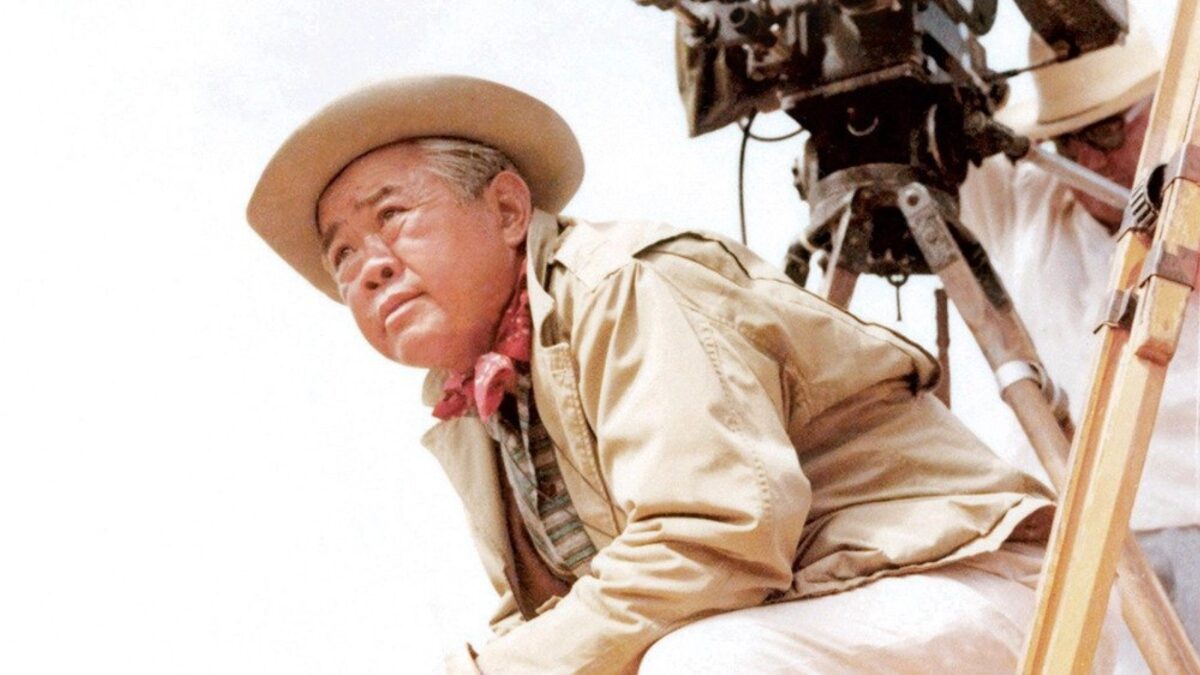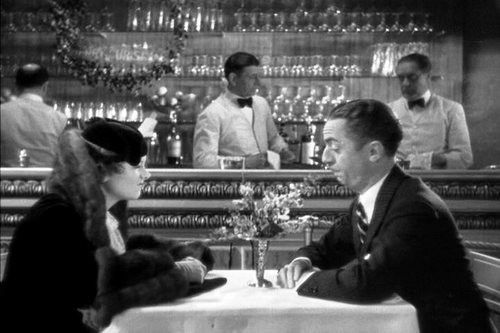
Learn cinematography from a legend.
Every so often, I come across a name from Hollywood that I had never heard before. Usually, I don’t tell anyone because most people roast you for it. But today, I wanted to share this person with you because the more I read about him and the more of his movies I watched, I think he has a case to be the greatest cinematographer of all time.
I’m talking about James Wong Howe.
James Wong Howe is one of the most influential cinematographers in the history of cinema. He was a master of his craft, with a career spanning over five decades, and was responsible for some of the most iconic shots in film history.
Today, I wanted to go over his career with you and make a case for why I think he should be in the conversation when it comes to some of the greats.
Let’s dig into Howe’s past and see his journey in Hollywood.
The Cinematography and Life of James Wong Howe
Born in Guangzhou, China in 1899, Howe moved to the United States with his family when he was five years old. He started his career as a lab technician at Famous Players-Lasky (later known as Paramount Pictures) and as an assistant to Cecil B. Demille before eventually becoming a cinematographer.
Howe’s innovative and experimental approach to cinematography made him a pioneer of the medium. He was one of the first cinematographers to use deep-focus photography, a technique that allowed him to keep both foreground and background subjects in focus at the same time.
He also used low-angle shots, high-angle shots, and wide-angle lenses to create a sense of depth and dimensionality in his images. For that, he earned the nickname “Low-Key Howe.”
His work got him noticed, and he rose in the ranks as a cinematographer, gaining notoriety among many directors.
One of Howe’s most notable films was The Rose Tattoo (1955), directed by Daniel Mann and starring Anna Magnani. His use of color in the film was groundbreaking. The film’s vibrant colors and stunning visuals were a testament to Howe’s mastery of the medium.
Howe earned ten nominations for the Academy Award for Best Cinematography, winning twice for The Rose Tattoo (1955) and Hud (1963). He also received Oscar nominations for Algiers (1938), Abe Lincoln in Illinois (1940), Kings Row (1942), The North Star (1943), Air Force (1943), The Old Man and the Sea (1958), Seconds (1966), and Funny Lady (1975).
An absolutely breathtaking run.
Howe’s work was not limited to Hollywood, as he also shot several documentaries and independent films. He worked on the documentary The Fighting Lady (1944), which chronicled life aboard the aircraft carrier USS Yorktown during World War II. Howe’s ability to capture the action and drama of the war was essential to the film’s success.
In addition to his technical prowess, Howe was also known for his collaborative spirit and his ability to work well with directors. He was able to bring their visions to life on the screen, while also adding his own creative flair to the mix.
Check out this video from Turner Classic Movies that sums it all up.
What Are Some of James Wong Howe’s Best Cinematography Moments?
I spent a few weeks watching James Wong Howe’s movies, and I felt thinking that the work he did paved the way for so many contemporary filmmakers. He was a master of cinematography and created many iconic shots throughout his career.
Here are some of his most notable shots that stuck out to me.
-
The shot of the burning house in Hud (1963): This shot is one of the most iconic shots in cinema history. The shot shows Paul Newman standing in front of a burning house, with smoke and flames billowing behind him. The shot perfectly captures the brooding and atmospheric mood of the film, and the use of shadow and contrast adds to the intensity of the scene.
-
The opening shot of The Sweet Smell of Success (1957): This shot shows the busy streets of New York City at night, with a close-up of a newspaper being printed. The shot sets the tone for the film and establishes the fast-paced, cutthroat world of the characters.
-
The shot of the sailboat in The Rose Tattoo (1955): This shot shows a sailboat on the water, with the sun setting in the background. The shot perfectly captures the beauty and tranquility of the scene, and the use of color creates a warm and inviting atmosphere.
-
The shot of the mirror in The Thin Man (1934): This shot shows William Powell and Myrna Loy looking into a mirror, with the reflection of a third person visible. The shot is cleverly staged and adds to the mystery and intrigue of the film.
These are just a few examples of James Wong Howe’s many outstanding shots. His innovative and experimental approach to cinematography paved the way for new techniques and styles, and his stunning visuals continue to captivate audiences today.

Does James Wong Howe Have an Argument for Being the Greatest Cinematographer Ever?
James Wong Howe certainly has a strong argument for being one of the greatest cinematographers in the history of cinema. His pioneering and innovative approach to cinematography, his extensive career spanning over five decades, and his contributions to the medium through his collaborations with numerous directors, are all factors that make his work exceptional.
If nothing else, he’s a cinematographer we should talk about more.
While it is difficult to claim that anyone cinematographer is definitively the greatest ever, James Wong Howe’s contribution to the art of cinematography is undeniable. His mastery of the medium, his groundbreaking techniques, and his ability to collaborate with directors make him one of the most influential cinematographers of all time.
In Howe’s words, he was just doing his job.
“It’s very easy to take a light meter and get the proper exposure, but there’s one thing that meters will not tell you: whether you got the right mood or not,” TCM reports Howe saying. “That, you have to decide for yourself. You’ve got to see. Learn to see. Learn to feel light.”
Summing Up James Wong Howe and Cinematography
James Wong Howe was a true master of his craft, and his influence can still be seen in the work of cinematographers today. His innovative and experimental approach to cinematography paved the way for new techniques and styles, and his stunning visuals continue to captivate audiences worldwide.
What are your favorite films among his work?
Let me know in the comments.














